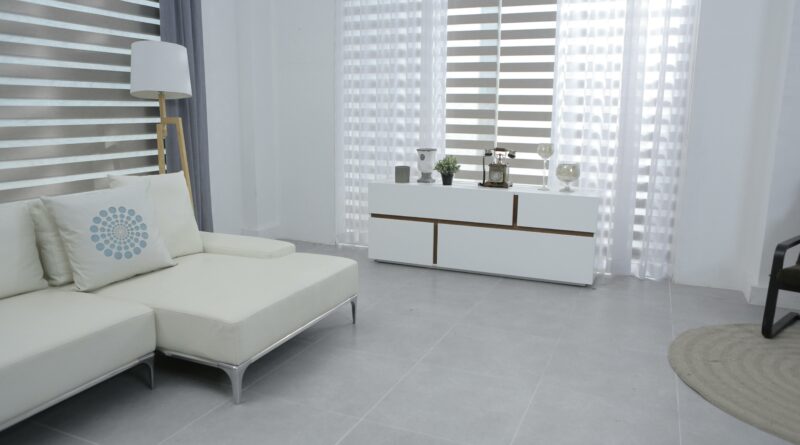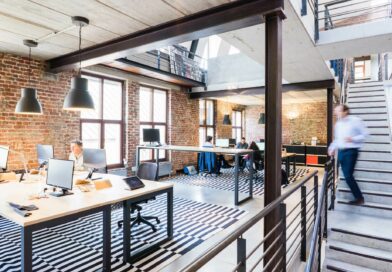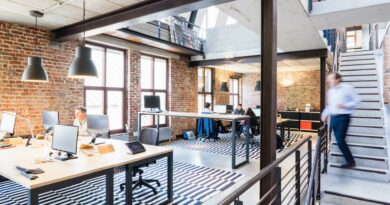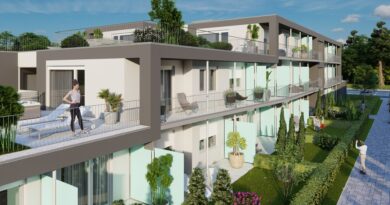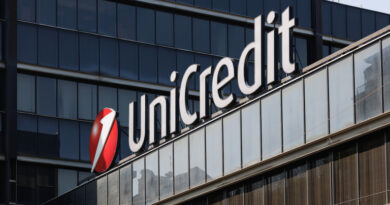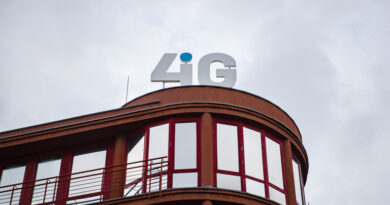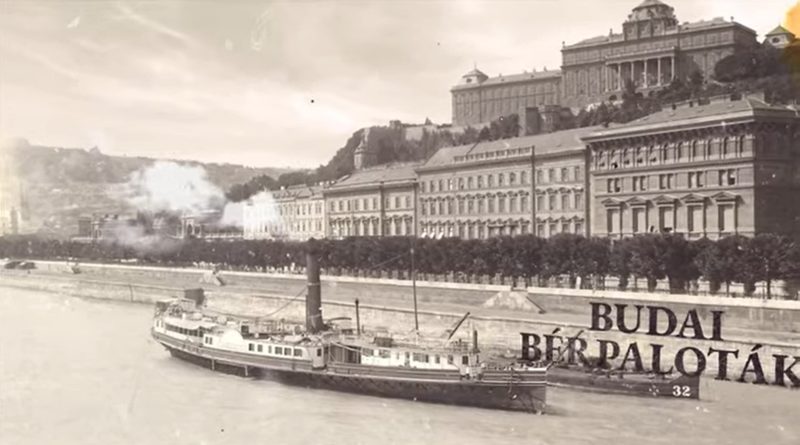Retail market remains active
Colliers International Hungary has published its latest retail market report that states, that domestic spending showed no discernible change in 2011, with official statistics indicating stagnation in retail turnover in January–November compared to the same period of 2010. 2011 saw only a handful of retail centers opening: these were the 6,000 sq m Europeum on Blaha Lujza tér, developed by Ablon; the KÖKI Terminál (47,000 sq m) at the metro 3 terminus in Pest; and the Árkád Szeged (41,000 sq m) shopping center in the southeastern Hungarian city.
“On the flip side, there have been numerous new brands entering the market as well, taking advantage of relatively low rents and hoping to be in a good position to capitalize on the inevitable recovery when it comes. New brands last year included Debenhams, Max Mara, French Connection, Hard Rock Café and Digidog, while brands such as Müller, Starbucks, H M and the Inditex Group companies continued their expansion in the country.” – said Anita Csörgő, Director of Retail Agency at the Hungarian office of Colliers International. Budapest’s dominant high streets Váci utca and Andrássy út remain popular targets for retailers, especially luxury brands, and have seen a pick-up in activity. Several new brands, such as Sinequanone, BOGGI, Hublot, Pandora, beeLine and Replay, have opened new flagship stores in 2011 and more are expected to come in early 2012 as well. Il Bacio di Stile, a luxury multi-brand department store on Andrássy totaling over 3,200 sq m, is expected to open in 2013.
One new factor that will have an effect on new supply is the so-called “plaza stop” act enacted by parliament, which requires that all new retail developments with an area exceeding 300 sq mbe approved by a central planning committee. This does not necessarily bode negatively for the sector, although it is likely to slow down the expansion of discount food stores such as Aldi and Lidl that have been on a dynamic expansion path in the last few years. Rents in Hungary remain at generally low and attractive levels, having fallen between 10–30% over the last two years, although the best sites have been able to maintain or even increase their rent levels. One such positive example is MOM Park, which has been able to attract new, high-quality tenants at rents that are in some cases substantially higher than those earlier tenants paid. Other similar positive examples are Mammut and Arena Plaza. “Prime rents on Váci utca as well as top rents in the best shopping centers which have been fairly stable in the past five years are poised to see a moderate reduction of between 5–10% in 2012.” – commented Anita Csörgő
This year is expected to be a watershed for many retailers, with many that have been hanging on so far eventually being forced to shutter their businesses. The negative pressure is expected to increase in every segment, and loss-making shops will be closed down, as in some cases even closing a store makes more economic sense than staying open in the face of decreasing demand and purchasing power. Vacancies will especially be a problem in retail centers in the countryside. Additional pipeline shopping centre supply is very limited, as in addition to the already mentioned Váci1, the only expected openings in the capital being that of WING’s Hegyvidék Center, a small, 7,000 sq mneighborhood center in the 12th district, and that of CSB Plaza, a former multi-level auto plaza with 11,000 sq mlettable area in district 3 which is being rebranded as a neighborhood center. Further down the line, the expansion of the Árkád in Budapest by over 20,000 sq mis underway and scheduled for spring 2013. Also, Futureal’s planned city center at Etele tér has received its preliminary planning permit, but is not expected to open before 2015.

